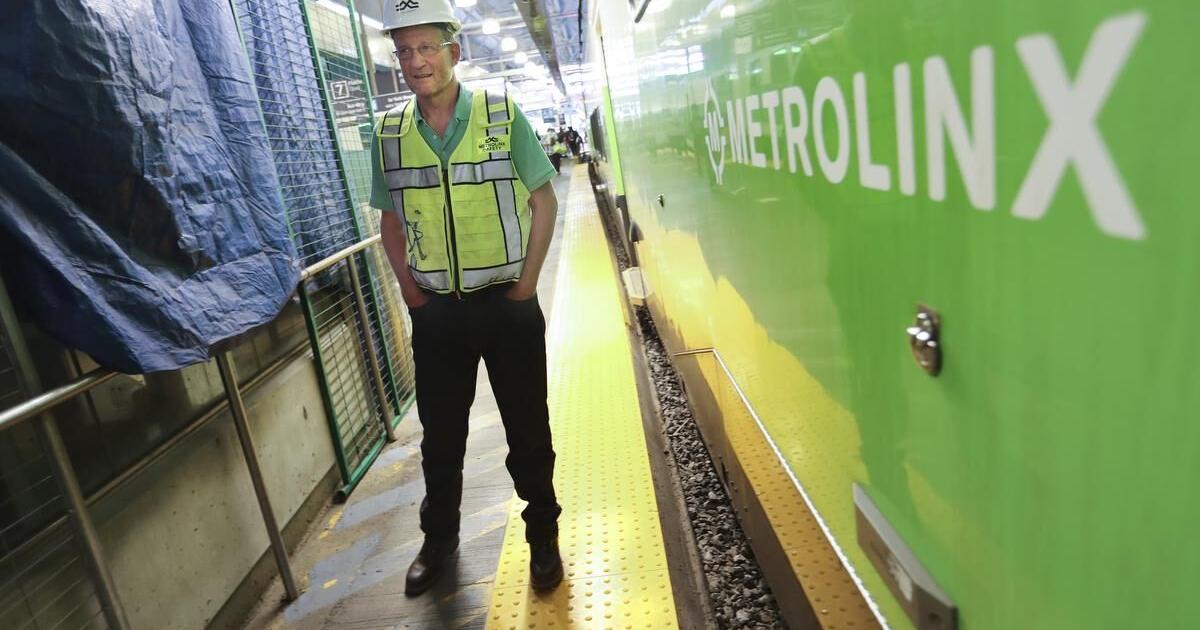There is absolutely no reason why they couldn't electrify the entire 200km within 2 years at the very most. ML saying otherwise is just lying and trying to cover up the ineptitude. If they found workers to build Garage Mahals then they can find them for electrification. Of course this wouldn't be an issue if they would have done what every other transit system on the planet would do by putting up the pole while constructing the stations and track they have twinned at the same time.
To suggest this is to be entirely ignorant of the realities of the construction world.
It is a hell of a lot harder to build within an active rail corridor - and keep it running smoothly, I might add - than it is to build new structures outside of that corridor.
To build in an active rail corridor, you need specially trained crews, work blocks with coordination with the Rail Traffic Controllers, flagging, special mechanical equipment.....and the list goes on. There are a limited number of companies that have the training and certification required to do this, and so there is a premium cost to it. Right now, those companies are in extremely high demand.
To build a new station outside of the corridor, until it comes time to build the structures within the rail corridor - where you then need these special crews - you only need a "regular" construction team. Those are much easier and much more plentiful to find. (Although currently also in short supply.)
(Yes, there are sometimes ways around some of the requirements - see the work being done on the grade separation of the Newmarket Sub over CP's North Toronto Sub - but that kind of stuff isn't applicable to electrifying the lines. And it should be pretty obvious why that is.)
And spoiler alert: electrification will require construction almost entirely within the corridor.
Dan





